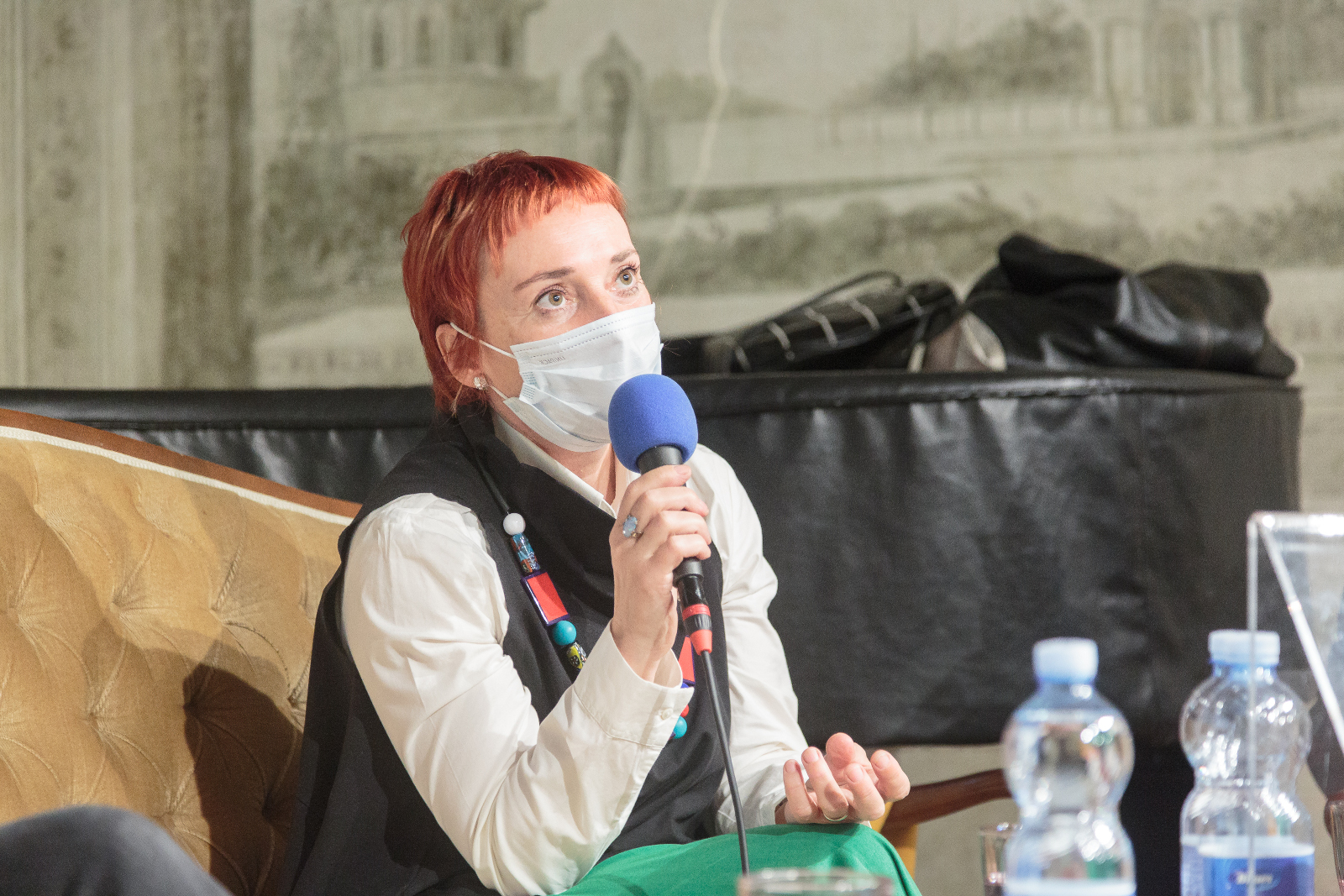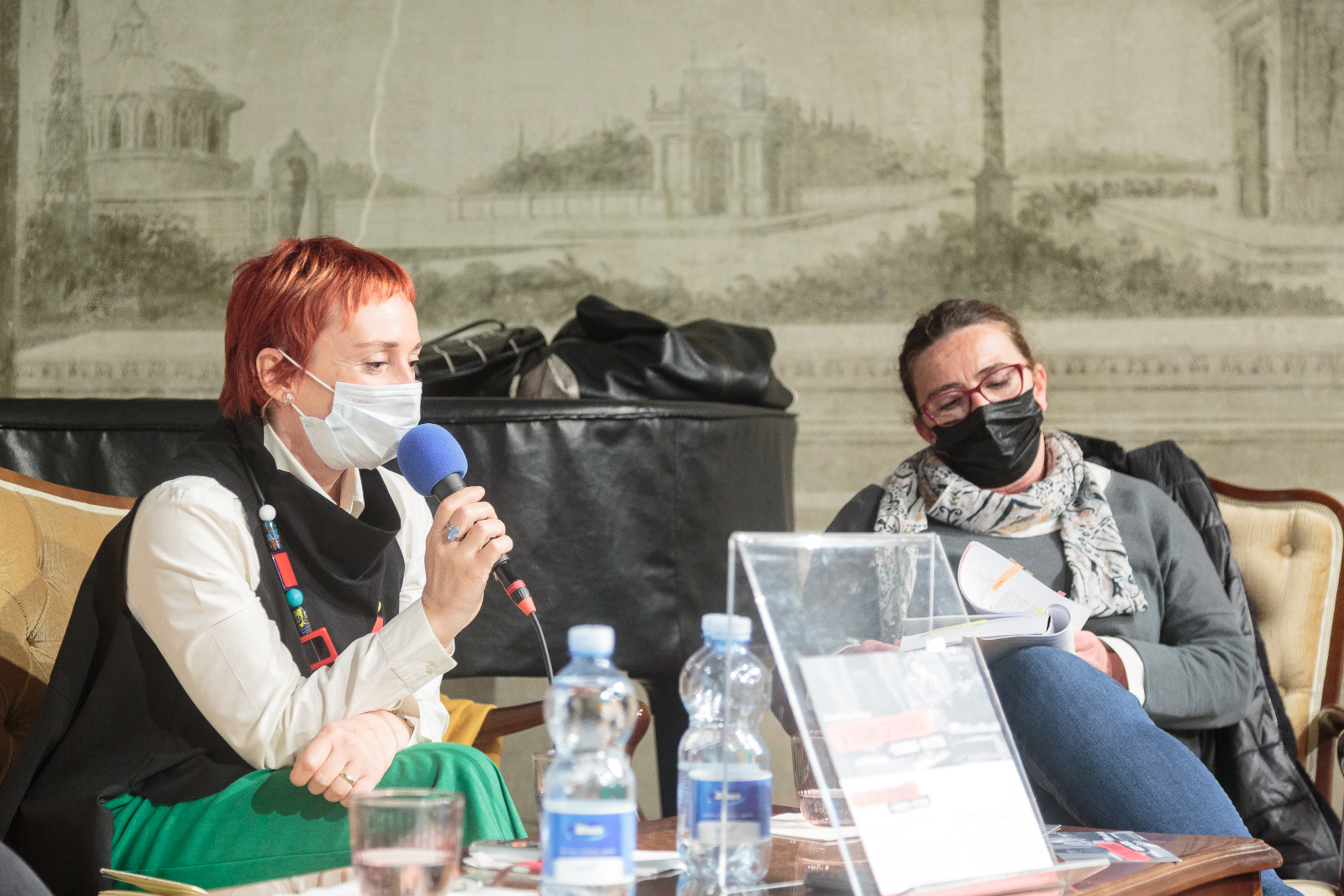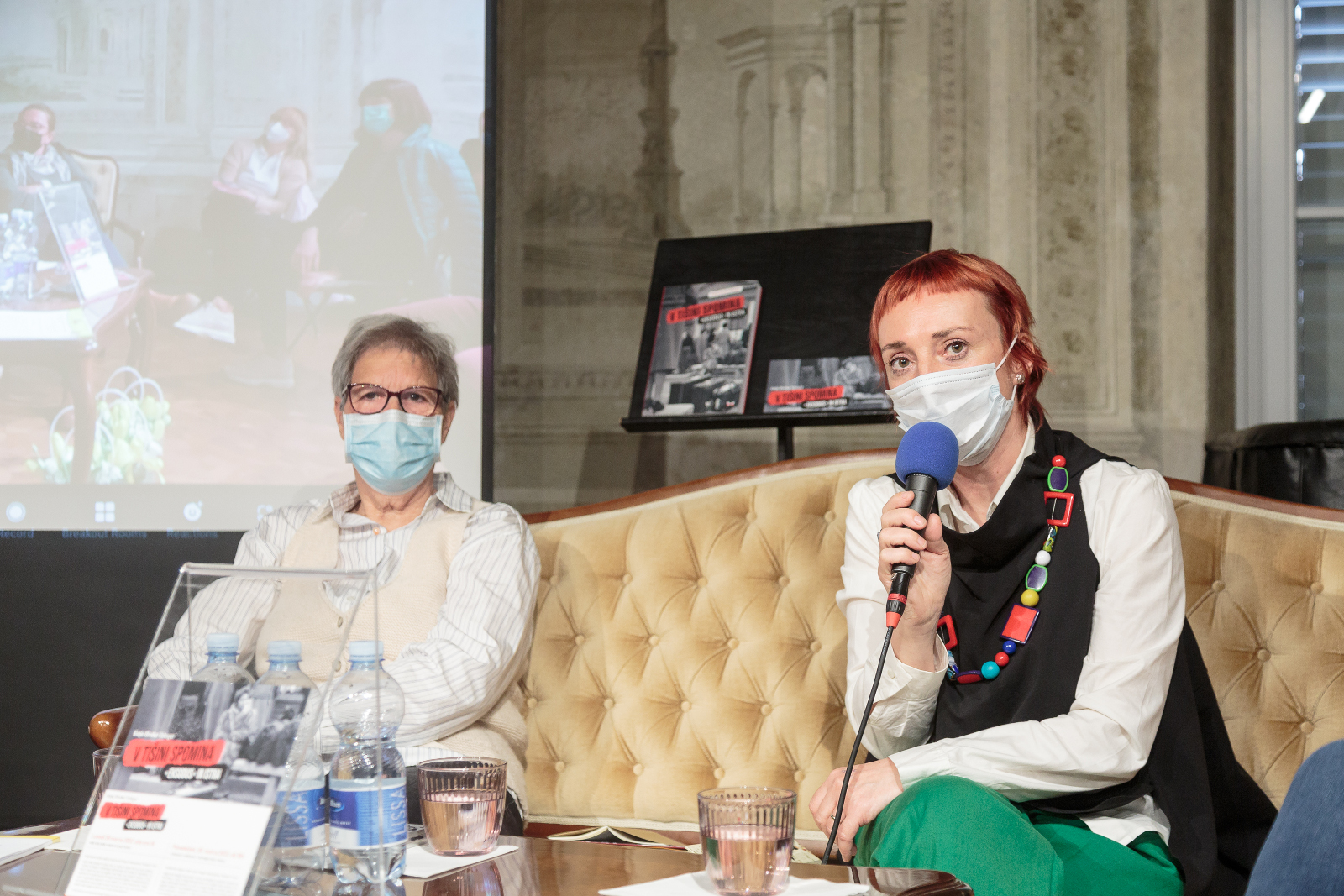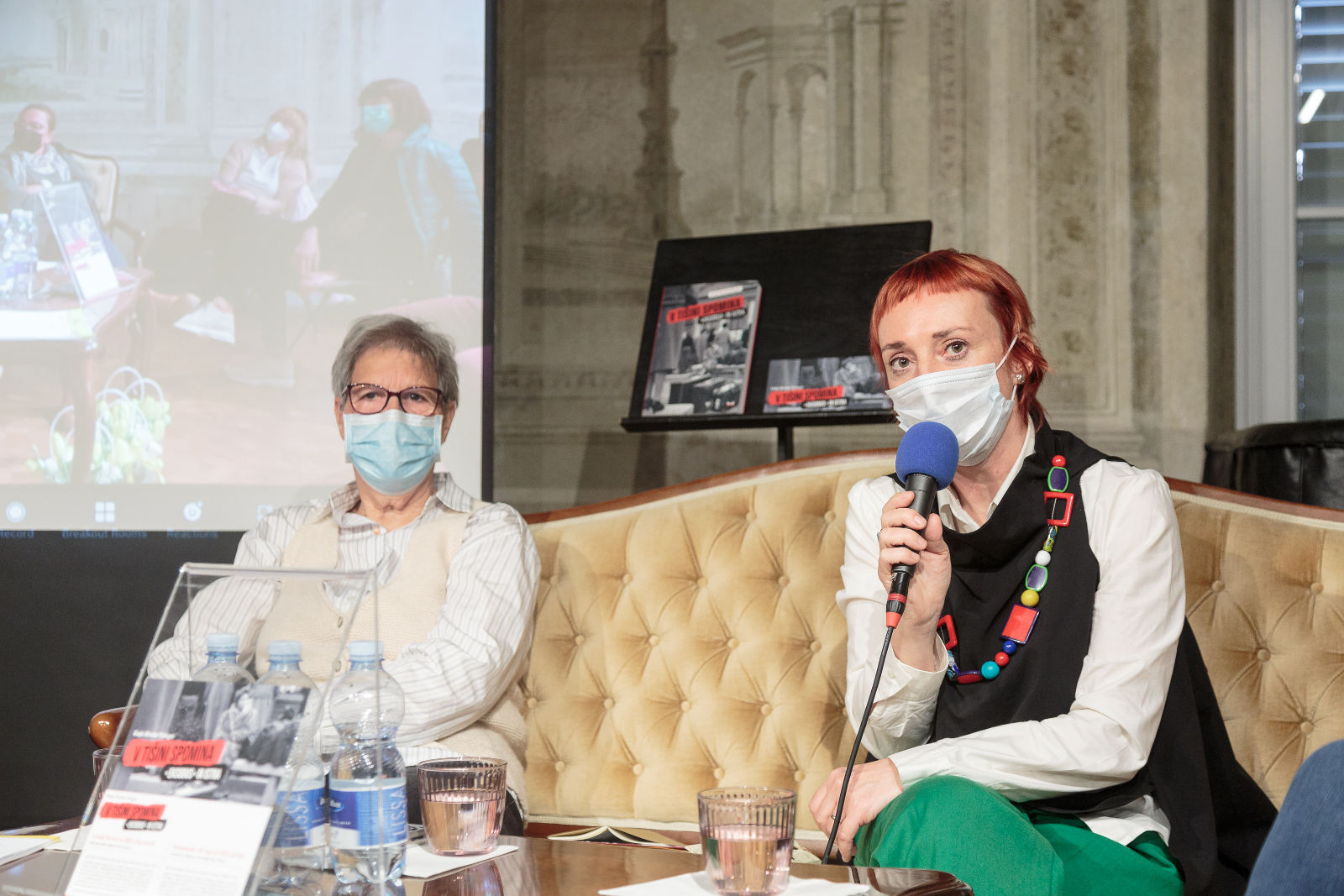Quando anche il silenzio parla

Concerto celebrativo dell’Ensemble d’archi degli studenti dell’Atelier Musicale Tartini
04/02/2022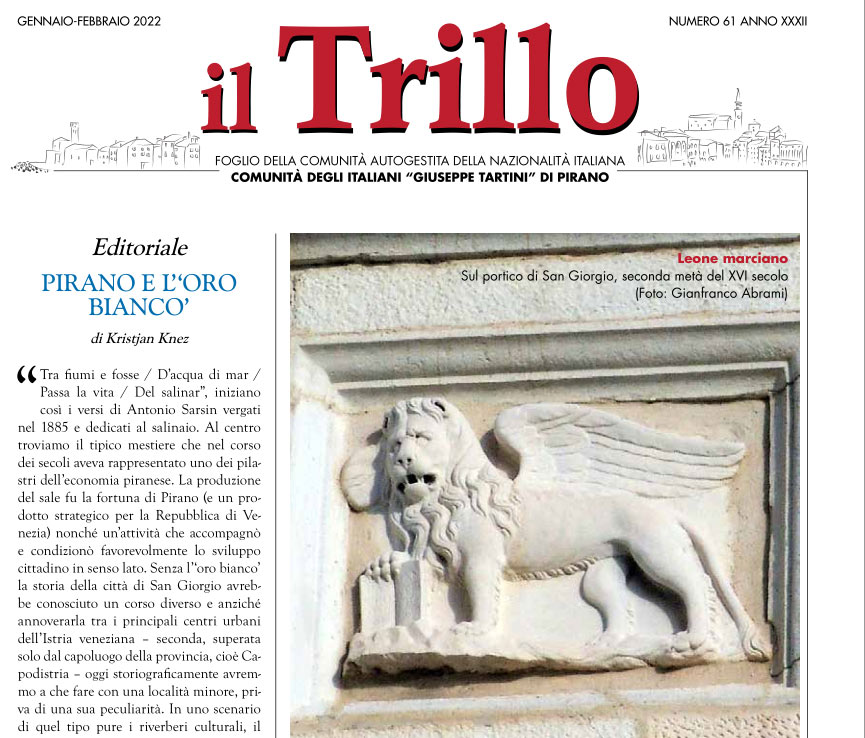
il Trillo n. 61
04/04/2022
Il lunedì 28 marzo 2022 nella sala delle vedute di Casa Tartini di Pirano è stato presentato il libro della dr Katja Hrobat Virloget, il quale è stato pubblicato nel 2021. Il libro, scritto in lingua slovena ed intitolato V TIŠINI SPOMINA “EKSODUS” in Istra ha avuto un successo notevole e per questo motivo la scorsa estate è giunto alla sua terza edizione. Il libro verrà tradotto anche in lingua italiana.
L’evento, il quale ha preso vita anche virtualmente, è stato moderato da Daniela Paliaga e Manela Rojec, presidente della Comunità degli italiani Giuseppe Tartini. La presidente ha dato fatto un breve discorso, introducendo la tematica della serata e dicendo che si tratterà di una serata di scambio di idee, opinioni e valutazioni: in questo modo la moderatrice ha invitato il pubblico numeroso a partecipare attivamente alla presentazione. Ad accogliere il pubblico è stato anche Andrea Bartole, presidente della CAN di Pirano. Come lo dice il solo titolo, il libro tratta l’esodo, però questa volta l’esodo è stato analizzato seguendo un approccio scientifico, senza puntare il dito su nessuno e senza alcun pregiudizio o stereotipo.
Le moderatrici hanno subito iniziato con la presentazione dell’autrice. Katja Hrobat Virloget è un’etnologa e antropologa dell’Università del Litorale di Capodistria, nonché vincitrice di numerosi premi e riconoscimenti, tra i quali troviamo anche il premio Bartol. Per lunghissimi anni ha indagato un aspetto della storia locale molto particolare, facendo uso di un approccio innovativo e senza dare giudizi. Il libro presenta l’esodo, ma si tratta di una ricerca significativa con un sapore di novità nell’aria: prima di tutto, ciò che lo rende estremamente particolare è il fatto che sia stato scritto da un’autrice che non appartiene affatto alla CNI, cosa che ha senz’altro suscitato stupore. Per dieci anni l’autrice ha svolto una vera e propria ricerca, facendo uso di un apparato critico ed ascoltando le storie di vita di una sessantina di persone, anche se ufficialmente ne sono state intervistate molte di più. L’antropologa ha studiato in gran parte i trasferimenti e le testimonianze della gente che è originaria dei territori dell’ex Jugoslavia e dall’entroterra della Slovenia. Il libro infatti narra delle sfide che queste persone hanno dovuto affrontare venendo a vivere su questo territorio di confine e di com’è stato vissuto questo processo d’integrazione. Ovviamente l’autrice desidera includere l’importante storia e le vicende vissuta della gente appartenente alla comunità italiana del posto, la quale ha dovuto lasciare le proprie case, la propria famiglia e la propria vita praticamente da un giorno all’altro. Come sappiamo queste storie sono finite in modo diverso, in quanto qualcuno ha deciso di tornare, altri invece si sono creati una vita da un’altra parte. Inoltre, il libro desidera includere i ricordi e le emozioni vissute ancora oggi da parte delle seconde o terze generazioni degli esuli. Questo ampio saggio racconta la vicenda dei numerosi esodi che hanno tragicamente segnato la nostra regione. Le testimonianze raccolte sono di carattere intimo e sono un vero e proprio riflesso dei cambiamenti storico-politici avvenuti nel corso del XX secolo, non solamente in Istria, ma anche in tutta Europa.
Durante la presentazione del libro l’autrice ha detto di aver incontrato diverse difficoltà, in quanto non tutti volevano rispondere alle domande, dicendo che »tanto non serve a niente«. L’autrice ha raccontato che molti interlocutori, specialmente quelli appartenenti alla CNI, non hanno voluto parlare della propria storia, probabilmente per paura, timore o per una semplice mancanza di fiducia. Siccome la gente ha preferito tacere, di conseguenza l’antropologa ha cambiato tattica, decidendo di scrivere del silenzio, il quale a volte sa essere più espressivo, più comunicativo delle parole. Nel libro l’autrice ha dunque deciso di cambiare perspettiva, analizzando il dolore, quel dolore che t’impedisce di parlare, con l’obiettivo di capire il perché di questo silenzio. Inoltre, l’autrice desidera scoprire il motivo di questo bisogno di restare in silenzio, chiudersi in sé stessi rendersi invisibili agli occhi della maggioranza. Il libro desidera enfatizzare l’importanza dell’empatia, dell’ascoltare e dell’essere ascoltati. Perché solamente parlando di queste vicende è possibile fare un passo avanti, rompere gli stereotipi e porre finalmente le basi per una convivenza pacifica.
Anna Maria Grego
Foto di Nataša Fajon


